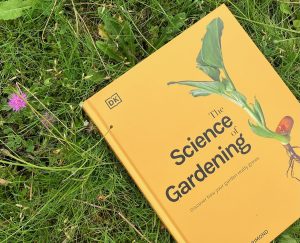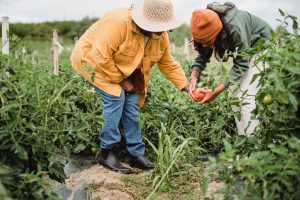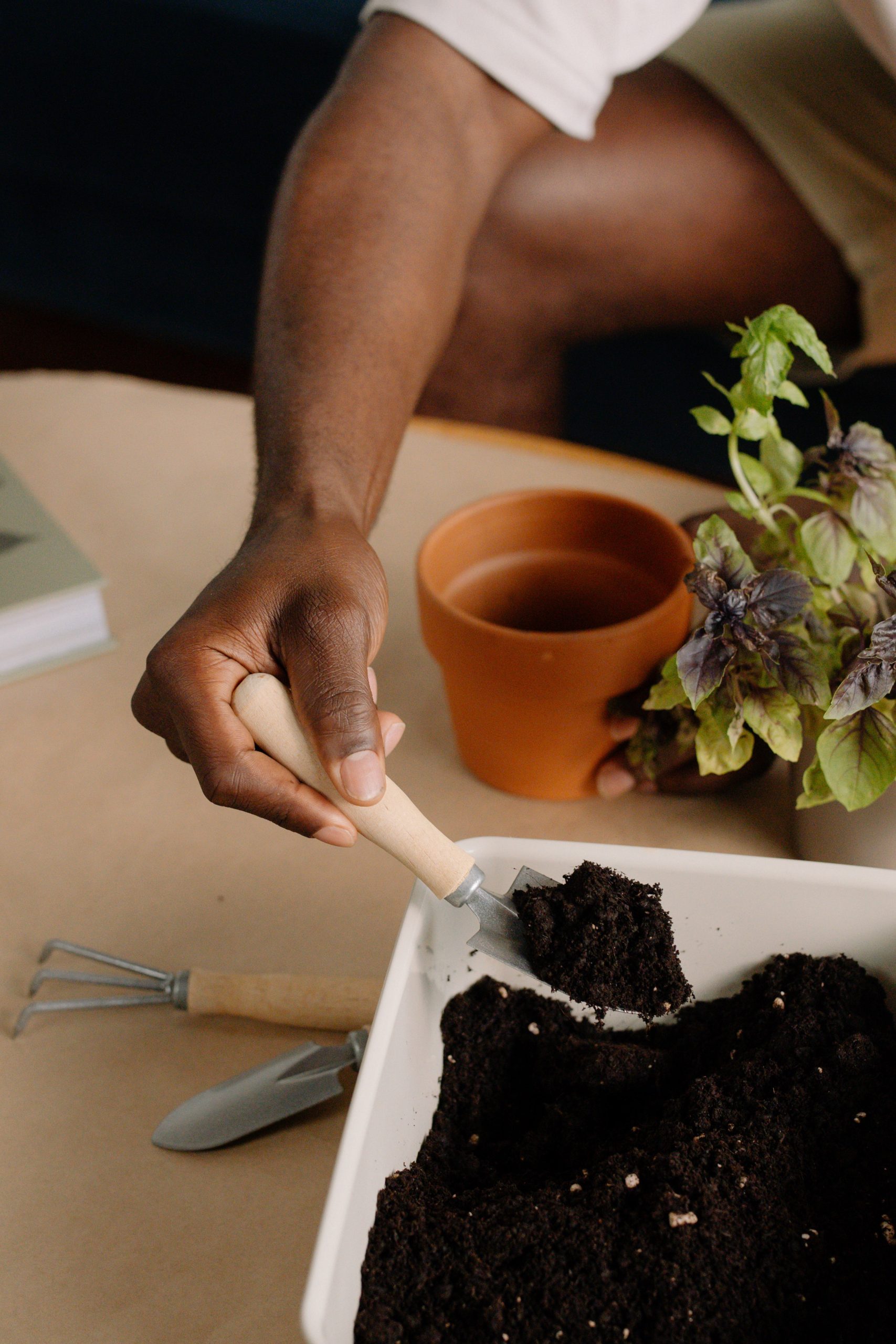Did you know:
- Using a petrol-powered lawnmower for 30 minutes produces as much air pollution as a 50-mile car trip?
- Chemical fertilisers that are washed by rain into water sources suffocate marine life?
These are statistics unearthed by Dr Stuart Farrimond, in his latest book The Science of Gardening: Discover How Your Garden Really Grows.
Dr Stu is a medical doctor turned science writer whose books explore the science behind everyday life. You may know him as the food scientist on the BBC show Inside the Factory.
His aim with The Science of Gardening was to write a book about the basics from the perspective of an outsider in the gardening world.
He says, ‘For something as beautifully simple as sowing, planting and watering we humans have made gardening terribly complicated.’
With this in mind he strips away the gobbledegook, strange rituals and debunks popular myths.

The sections on sustainable gardening look at the environmental impact of the choices we make in our homes and gardens. For those gardeners who compost already or would like to start, the chapters about composting explain the process in a straightforward, fascinating way.
To return to the point above about petrol mowers, Dr Stu asks gardeners to consider whether instead of using petrol-powered mowers, leaf blowers or hedge trimmers they could switch to hand tools or electric alternatives.
He points out that:
- The use of synthetic fertilisers can pollute waterways, whereas soil that is enriched with mulches of organic matter can supply plants with all the nutrients they need.
- Chemicals used to control weeds, pests and fungal diseases can have unintended consequences as they are by definition poisonous to life. Less harmful ways to limit damage by pests include using methods such as ‘integrated pest management’.
- You can plant and manage your plot in ways that maximise its ability to store and retain carbon dioxide.
- Covering soil with woodchip, compost, straw or rotted manure (mulches) in late autumn protects it from pummelling winter rainfall (each bullet-like drop travels up to 20mph).
- Soils that are fed annually with organic matter and where digging is minimised will store more carbon than those that are regularly tilled.
Topics covered also include why gardening brings joy, comparisons of different techniques and how to encourage first shoots.
Dr Stu describes gardening as ‘the perfect antidote to doom-scrolling through today’s news, it reconnects us with the perpetual cycle of life, death and renewal of which we are all a part. In fact I can think of no other pursuit that offers more.’

Here are just a few of his Myths v Science findings:
Pruning cuts should be made at an angle
Flat cuts heal faster; angled cuts leave a larger wound and do not prevent rot by stopping water pooling on the stem.
A layer of crocks or stones at the bottom of containers improves drainage
The popular advice to prevent fungal root rot in plants in water-logged soil is to place pieces of broken pots (termed ‘crocks) or gravel into the pot before topping up with potting compost.
However, plants in pots with crocks fare no better than those without. The small pores between soil particles hold onto water like a sponge, so that it does not easily flow into the much larger spaces between crocks or gravel. Instead water clings to the lowest layer of soil, where it can accumulate and cause drainage problems. The best advice to avoid water logging is to use good quality potting mix, a pot with drainage holes and to not overwater.
Talking to plants benefits their growth
Science shows that plants feel the air vibrations that cause sound and grow faster when placed in front of speakers playing a continuous tone or music. This is possibly because they have evolved to sense the wind and contact from animals and insects, and this stimulation is a natural part of their development. It seems unlikely that occasional words would boost growth, although it has never been conclusively proved one way or the other. Human breath also contains high levels of carbon dioxide, which plants use to make food via photosynthesis but whether this fleeting increase affects growth is unknown.

The staff here at Great Green Systems have found this book a great read and source of reference. It would make a perfect present for any gardener, whether newbie or old hand, especially when the gift-hunting season which shall remain nameless comes around in a few months’ time.


